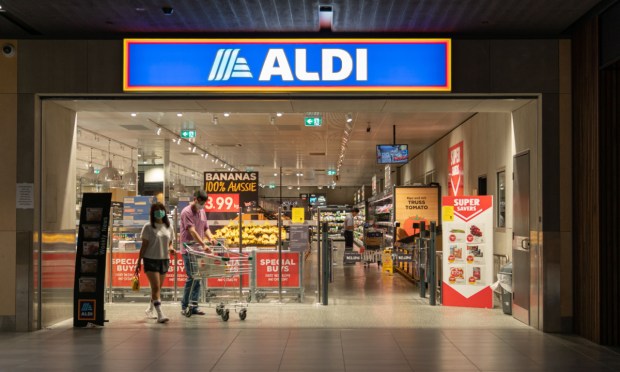Aldi Acquires Winn-Dixie, Harveys as Inflation Fuels Discount Grocery

Aldi is taking advantage of the current inflationary environment to supercharge its growth, buying up grocers and expanding its footprint.
On Wednesday (Aug. 16), the discount supermarket chain announced that it is set to acquire Southeastern Grocers’ Winn-Dixie and Harveys Supermarket brands, adding about 400 stores to its U.S. portfolio.
“Like Aldi, Winn-Dixie and Harveys Supermarket have long histories and many loyal customers in the Southeast, and we look forward to serving them in the years to come,” Aldi CEO Jason Hart said in a statement. “The time was right to build on our growth momentum and help residents in the Southeast save on their grocery bills.”
He added that the company is looking to add 120 stores across the U.S. this year to reach more than 2,400 branches, in an effort to grow its share of the country’s total grocery market as other retailers have struggled.
The time does indeed seem to be right, as Hart stated. This current inflationary environment has proved a tailwind — at least when it comes to customer acquisition — to grocers whose value prop is tied to their low prices.
In fact, according to data from the May edition of PYMNTS’ Consumer Inflation Sentiment series, “Consumer Inflation Sentiment Report: Consumers Cut Back by Trading Down,” which draws from a survey of a census-balanced panel of more than 2,000 U.S. consumers in April, nearly half (47%) of grocery shoppers have switched to sellers that offer better prices.
Walmart has been gaining share with high-income consumers trading down from more expensive merchants. Discount retailers such as Dollar Tree and Dollar General have been remodeling to add more refrigerator and freezer capacity to capture increased demand for their low-priced foods.
On an earnings call last week (Aug. 8), discount chain Grocery Outlet spoke to the favorable consumer environment.
“There are more middle- to higher-income customers shopping with us, suggesting that they are changing their behaviors,” the company’s president, RJ Sheedy, told analysts. “They’re coming to us for value on the great brands and items that we’re offering. And then we’ve also seen an increase in trip frequency overall spend from our existing customer base, as [our] values are really resonating with them. We’ve increased our share of wallet with them.”
Additionally, findings from the March edition of the report, “Consumer Inflation Sentiment: The False Appeal of Deal-Chasing Consumers,” for which PYMNTS surveyed more than 2,100 consumers in February, revealed that 44% of grocery shoppers are deal chasers — those whose choice of merchant is motivated by prices and discounts rather than by loyalty to any particular retailers.
Moreover, the study found that, across all types of shoppers, more than two-thirds of consumers reported that prices and discounts influenced their decision of where to make their most recent grocery purchase.
Even before the worst of this inflationary period, price was a significant driver of merchant choice for many grocery shoppers, suggesting that it will continue to be so when inflation subsides. A PYMNTS survey in late 2021 for the study “Decoding Consumer Affinity: The Customer Loyalty To Merchants Survey 2022” found that 37% of consumers cited price as the single most influential factor when selecting a grocery merchant to purchase from.

